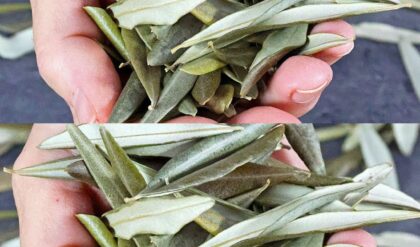Growing baby cucumbers at home is a delightful and rewarding gardening project, perfect for those with limited space or anyone wanting to add a touch of green to their indoor or outdoor areas. Container gardening allows you to cultivate fresh, crisp cucumbers right at your fingertips. This guide covers everything you need to know about successfully growing baby cucumbers in containers, from selecting the right pot to harvesting your first crop.

Selecting the Perfect Container
Size: Choose a container at least 12 inches deep and wide to give cucumber roots ample room to grow.
Drainage: Ensure the container has drainage holes to prevent waterlogging, which can lead to root rot.
Material: Opt for containers made from plastic, ceramic, or fabric, as each offers benefits in water retention and temperature regulation.
Choosing the Right Cucumber Varieties
Bush Varieties: Compact or bush cucumbers are ideal for containers as they require less space and grow more manageable vines.
Dwarf Varieties: Consider dwarf cucumber cultivars bred specifically for container gardening, perfect for small spaces while still producing abundant fruit.

Planting Baby Cucumbers in Containers
Soil: Use a nutrient-rich, well-draining potting mix to support healthy plant growth.
Sowing Seeds: Plant seeds 1 inch deep in the soil, spacing them according to the packet instructions.
Germination: Keep the soil evenly moist to promote germination. A spray bottle is a gentle way to water without disturbing the seeds.
Thinning: Once the seedlings develop their first true leaves, thin them out, keeping one or two of the strongest plants per container.
Caring for Your Cucumber Plants
Sunlight: Place containers in a spot that gets at least 6–8 hours of direct sunlight daily.
Watering: Keep the soil consistently moist but not waterlogged. Water at the base of the plant to avoid wetting the leaves, which can cause fungal diseases.
Support: Provide a trellis, stakes, or other support systems as the plants grow to encourage vertical growth and save space.
Fertilization: Feed your cucumber plants with a balanced liquid fertilizer every 2–3 weeks to boost their growth and fruit production.

Managing Pests and Diseases
Inspection: Regularly check for pests like aphids, cucumber beetles, and spider mites, as well as diseases such as powdery mildew.
Natural Solutions: Introduce beneficial insects like ladybugs or use neem oil or insecticidal soap to combat pests naturally.
Pruning: Remove diseased or damaged leaves promptly to prevent the spread of infections.
Harvesting Your Baby Cucumbers
When to Harvest: Baby cucumbers are ready to harvest about 50–60 days after planting.
Size Matters: For the best flavor and texture, pick cucumbers when they reach 4–6 inches in length.
Keep It Going: Harvest cucumbers regularly to encourage the plant to produce more fruit.
Growing baby cucumbers in containers is a simple yet fulfilling way to enjoy fresh, homegrown produce, even in tight spaces. With the right container, a sunny spot, and a little TLC, you can reap the rewards of your efforts in no time. Imagine the joy of plucking crisp, delicious cucumbers straight from your garden and serving them fresh in salads, snacks, or drinks.
Start your gardening journey today and watch your cucumbers thrive! If you found this guide helpful, share it with your friends and inspire them to grow their own container garden. Happy gardening! 🌱🥒





